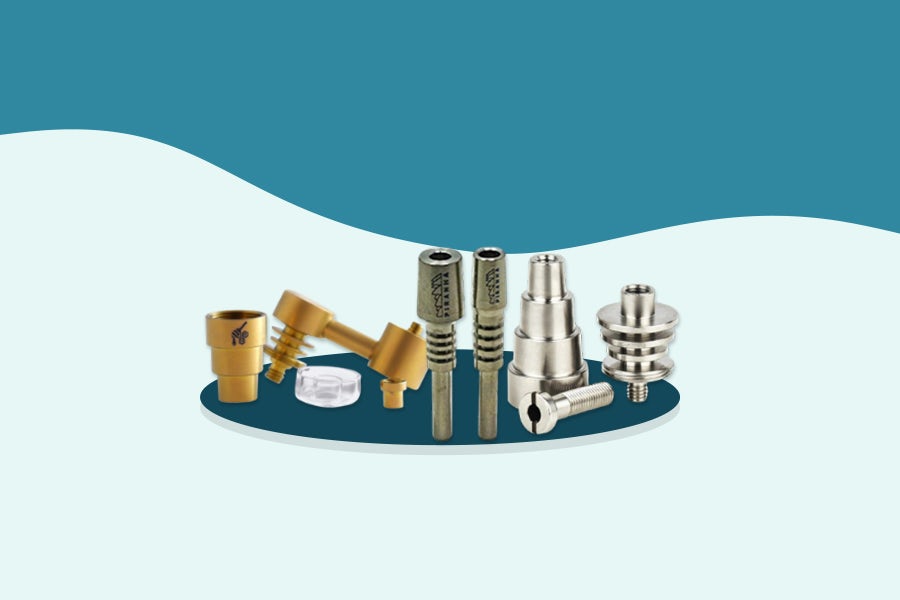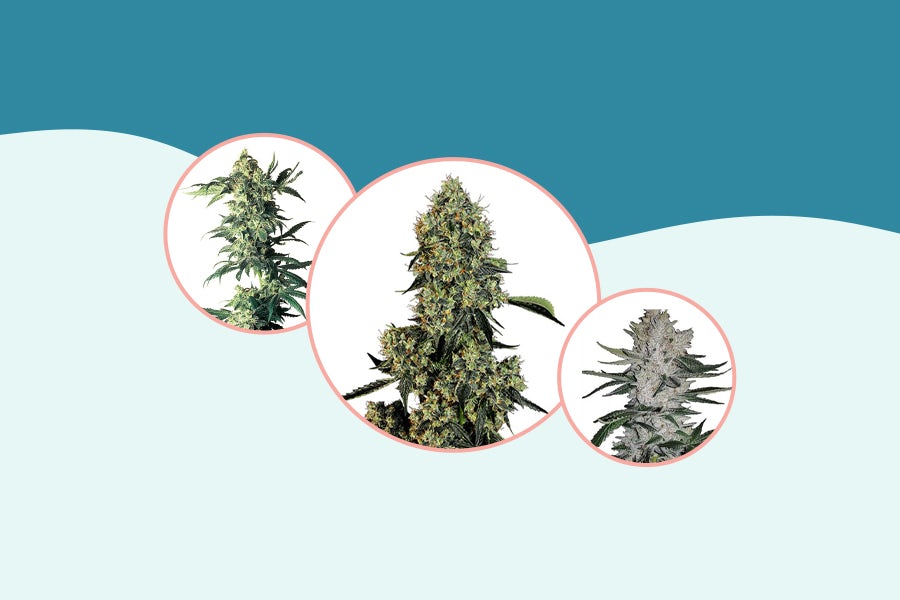Growing weed outdoors isn’t as simple as throwing seeds in the ground and letting Mother Nature take care of the rest. Sure, these seeds could grow without TLC, but they probably won’t reward you with a ton of THC.
While planting weed outdoors isn’t as simple as plopping seeds in a patch of dirt, it’s getting easier for new cultivators to experiment with outdoor cultivation. Indeed, thanks to the popularity of day-neutral cannabis (often referred to as autoflowers) seeds, even novice gardeners can successfully grow legendary strains outdoors in only a few months.
Unlike traditional cannabis varieties that can generally only be grown outdoors as one crop per year as an annual plant, these flowers don’t depend on the sun to trigger their natural maturation, and thus allow you to grow outdoors any time of the year the weather permits. This autoflowering trait, which was first identified in wild Cannabis Ruderalis varieties found in Russia that produced very little usable flower, is now being bred into modern strains, giving growers the best of both worlds. 1
If you’re getting started growing cannabis outdoors, you must research the resiliency of your chosen strains. Some cannabis cultivars perform better in outdoor environments, while others have been bred for indoor growth. 2 Be sure to select seed distributors who provide information on the optimal environmental conditions to ensure the most suitable outdoor strain for your climate. Reviewing these factors should help you plant a successful outdoor “ganja garden.”
Growing weed outdoors: the crucial factors to consider
Since cannabis naturally evolved outdoors, it may seem strange that you can’t plant every strain outside your home. While it’s true cannabis is generally resilient enough to grow outdoors, some of the more modern varieties have bred specifically for growing indoors and could struggle with elements, pests, or both.
For instance, many of today’s specialty hybrids were made in controlled indoor environments. When you’re starting out growing weed outdoors, you should try to look into a strain’s history to ensure it isn’t overly reliant on the precision of an indoor grow tent.
Ideally, outdoor weed seeds should have a strong record of mold and pest resistance. These strains should also be able to handle slight temperature fluctuations with ease. Since you can’t control humidity and temperature outdoors, it always helps to plant robust varieties that won’t die off after a few unseasonably brisk nights.
Lastly, you have to consider your environment when choosing the best cannabis seeds to plant outdoors. Take a look at historical temperature, precipitation, and humidity data in your area. Be sure to compare these average ranges with the preferred climate for your favorite cannabis varieties, which should be provided by the breeder. After a bit of analysis, you should develop a short list of strains that would do well outside your home.
The best outdoor marijuana seeds for exceptional yields
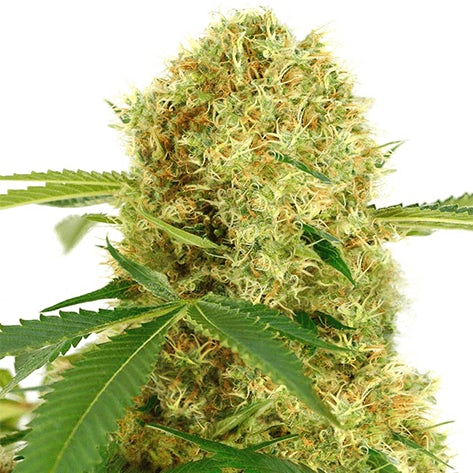
-
 A citrusy-scented staple from Amsterdam’s coffee shop scene
A citrusy-scented staple from Amsterdam’s coffee shop scene
-
 Dense layer of trichomes helps with natural pest protection
Dense layer of trichomes helps with natural pest protection
-
 One of the easiest & fastest-flowering auto cultivars
One of the easiest & fastest-flowering auto cultivars
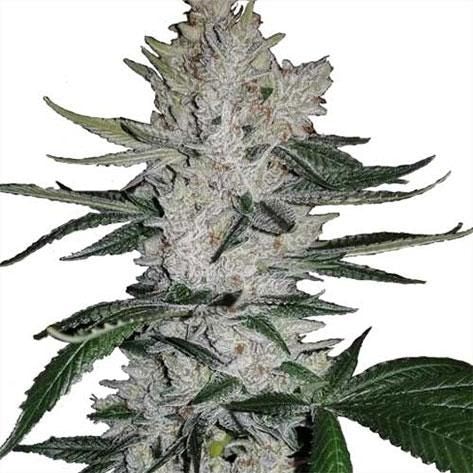
-
 Bright white nugs loaded with over 20% THC concentration
Bright white nugs loaded with over 20% THC concentration
-
 Short height and dense nug structure ideal for discretion
Short height and dense nug structure ideal for discretion
-
 Deeply relaxing, “couchlock” properties for late-day use
Deeply relaxing, “couchlock” properties for late-day use
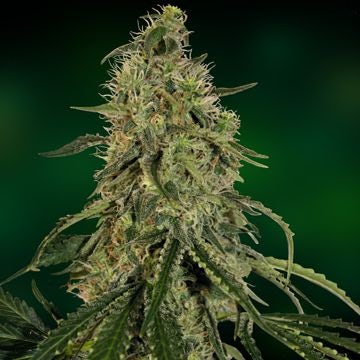
-
 A famous fruity hybrid with relaxing indica properties
A famous fruity hybrid with relaxing indica properties
-
 Reliably produces dense indica nugs in outdoor climates
Reliably produces dense indica nugs in outdoor climates
-
 You can stimulate beautiful purple hues by growing Grape Ape outdoors
You can stimulate beautiful purple hues by growing Grape Ape outdoors
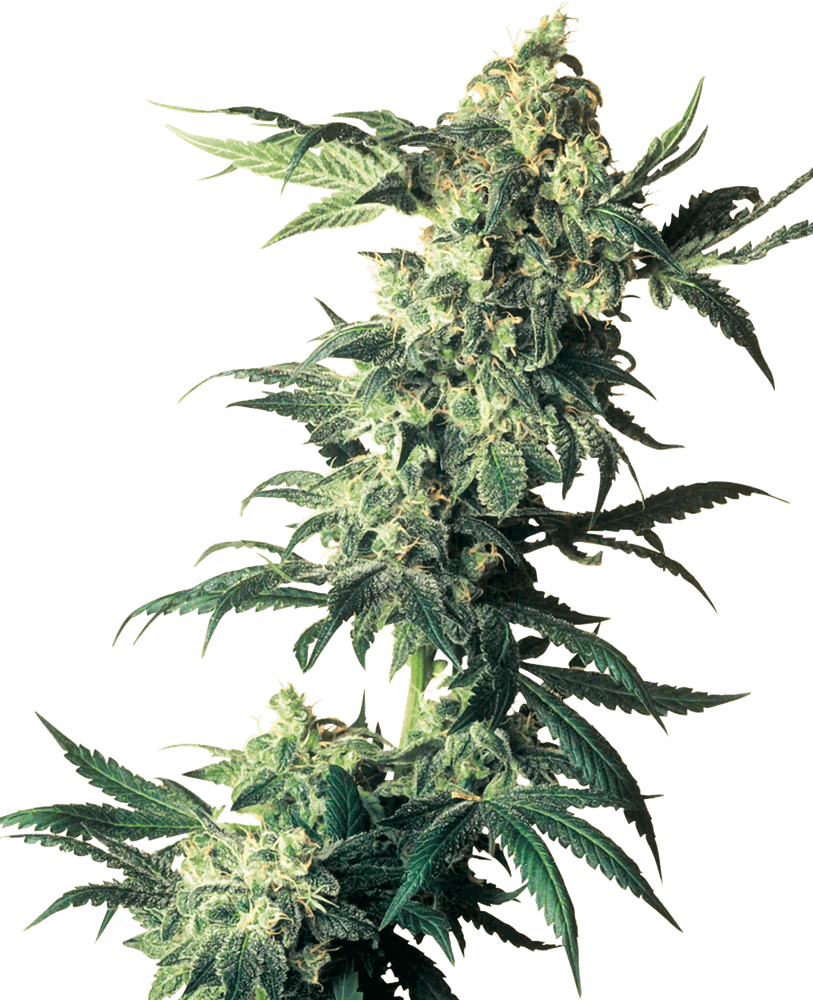
-
 The go-to strain for reliably “couchlock” effects
The go-to strain for reliably “couchlock” effects
-
 Short in stature—ideal for cultivators with limited space
Short in stature—ideal for cultivators with limited space
-
 Earthy & spicy aromatics with THC usually above 20%
Earthy & spicy aromatics with THC usually above 20%

-
 A natural landrace strain well-suited for outdoor environments
A natural landrace strain well-suited for outdoor environments
-
 Fascinating blend of licorice, earth, and spice terpenes
Fascinating blend of licorice, earth, and spice terpenes
-
 Stimulating effects ideal for daytime use.
Stimulating effects ideal for daytime use.
White Widow Autoflower
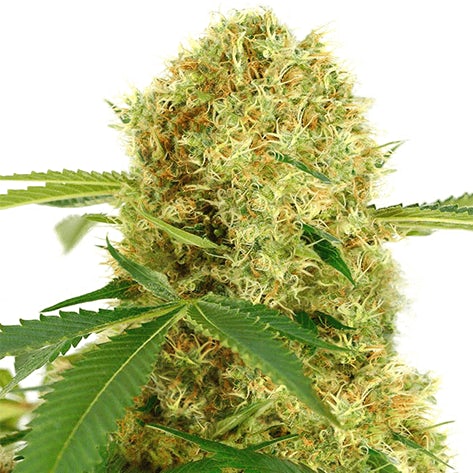
- A citrusy-scented staple from Amsterdam’s coffee shop scene
- Dense layer of trichomes helps with natural pest protection
- One of the easiest & fastest-flowering auto cultivars
Amsterdam’s beloved White Widow strain is often recommended to novice tokers and cultivators. Even though this hybrid strain tends to have more stimulating effects, it has just enough balanced effect to relax the body and temper its head-buzz rush. Also, White Widow tends to have less susceptibility to pests and mold versus its sativa-dominant counterparts. For this reason, these genetics tend to do well outdoors.
But before grabbing a batch of authentic White Widow seeds, outdoor growers should consider the autoflowering variety. White Widow Auto regularly ranks as the best autoflower rendition of a classic weed strain. Plus, with a max yield of ~ 6 oz per plant, White Widow Auto may be one of the highest-yielding autoflower outdoor strains.
White Widow Auto usually takes no more than eight weeks to reach flowering, and it produces delicious citrusy flowers with relatively high THC levels. While this ruderalis cultivar isn’t as potent as the original, the benefit of not having to wait six months to enjoy the fruits of your labor is a big draw.
White Widow Auto Specs
- Type: Autoflower feminized
- Climate: Dry
- Difficulty: Easy
- Yield (per plant): 6 oz
- 19% THC
- < 1% CBD
- Height: 20 – 30 inches
- Flowering period: 7 – 9 weeks
- Terpenes: Limonene, myrcene, and terpinolene
Gorilla Glue #4

- Bright white nugs loaded with over 20% THC concentration
- Short height and dense nug structure ideal for discretion
- Deeply relaxing, “couchlock” properties for late-day use
If you’re looking to score high THC concentrations outdoors, you’re going to adore GG4. Also known as “Original Glue,” Gorilla Glue #4 is one of the most successful varieties from the early 2000s. This accidental mix of Sour Dubb, Chocolate Diesel, and Chem’s Sis is legendary for its ultra-sticky trichomes, high THC potency, and gassy aromatics.
Growers typically report great success planting Gorilla Glue #4 outdoors. However, cultivators have to be extra careful about stressing out this strain, as it tends to turn into a hermaphrodite when stressed. Carefully monitor your plant’s nodes during the late vegetative and early flowering stages. If you see pollen sacs with pistils, you need to get rid of that GG4 flower before it pollinates female plants.
Other than that, GG4 should perform well in warm environments with a moderate humidity level. Many outdoor cultivators claim they could harvest 20 oz of GG4 per plant. Considering this strain has intense effects even at low doses, these nugs should last you a long time.
Gorilla Glue #4 Specs
- Type: Feminized
- Climate: Dry
- Difficulty: Easy
- Yield (per plant): 21 oz
- 25% THC
- < 1% CBD
- Height: 70 – 90 inches
- Flowering period: 8 – 9 weeks
- Terpenes: Limonene, myrcene, and beta-caryophyllene
Grape Ape

- A famous fruity hybrid with relaxing indica properties
- Reliably produces dense indica nugs in outdoor climates
- You can stimulate beautiful purple hues by growing Grape Ape outdoors
Cold outdoor temps present challenges for some cannabis strains. However, a few chilly nights could bring out brilliant colors in a few flowers. This is especially the case with outdoor purple strains.
Although Grape Ape may not be as iconic as other purple strains, it’s one of the best violet cultivars for outdoor cultivation. Unlike Granddaddy Purple, it’s relatively easy for outdoor cultivators to get high yields from Grape Ape seeds. Plus, since this plant only grows about four feet in height, it’s superb for discretion.
Grape Ape has loads of fruity and skunky terpenes and is typically associated with strong sedative and analgesic effects. So, if you love sweet flavors, couchlock sedation, and hefty yields, this is one of the best outdoor strains. As a bonus, Grape Ape nugs that are grown outdoors are great “eye candy.” If you’re into sharing cannabis pics with friends, don’t be afraid to leave Grape Ape outdoors on a few chilly nights. This exposure to cold temps can stress the plant and increase anthocyanin concentrations, leading to the deep purple coloration for which this strain is named. 3
Grape Ape Specs
- Type: Feminized
- Climate: Dry
- Difficulty: Easy
- Yield (per plant): 28 oz
- 20% THC
- < 1% CBD
- Height: 50 – 70 inches
- Flowering period: 7 – 9 weeks
- Terpenes: Myrcene, alpha-pinene, and humulene
Northern Lights
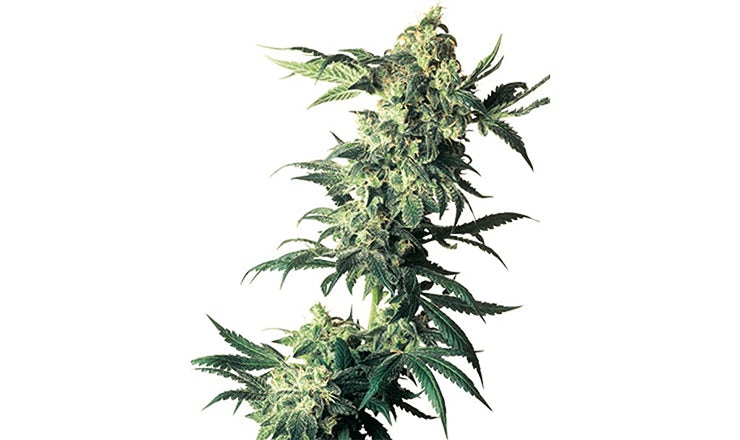
- The go-to strain for reliably “couchlock” effects
- Short in stature—ideal for cultivators with limited space
- Earthy & spicy aromatics with THC usually above 20%
Bred with heavy traces of Afghani landraces, Northern Lights remains the king of full-bred indicas. When people think of everything an indica “should” taste and feel like, they typically have Northern Lights in mind. People who want an earthy and sedating high are never disappointed with a bowl full of these dark green buds.
Luckily for outdoor growers, Northern Lights is almost as easy to cultivate as it is to smoke. Since this strain has a lineage that is primarily indica, it will rarely rise above five feet. Also, this strain’s Afghani genetics give it excellent resistance to temperature fluctuations, mold, and pests.
Within just 8 or 9 weeks, you could harvest as much as 20 oz from each Northern Lights plant. So, if you love a lazy indica high, there’s no reason not to plant a few Northern Lights seeds outdoors.
Northern Lights Specs
- Type: Feminized
- Climate: Dry
- Difficulty: Easy
- Yield (per plant): 22 oz
- 22%THC
- ~ 1% CBD
- Height: 50 – 70 inches
- Flowering period: 7 – 9 weeks
- Terpenes: Myrcene, alpha-pinene, and beta-caryophyllene
Durban Poison
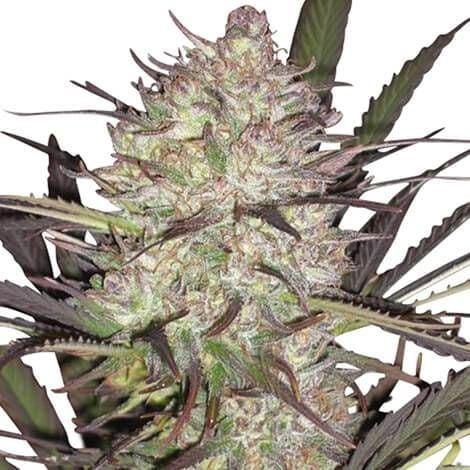
- A natural landrace strain well-suited for outdoor environments
- Fascinating blend of licorice, earth, and spice terpenes
- Stimulating effects ideal for daytime use.
If you’re interested in planting a classic sativa strain outdoors, then it’s best to start with a landrace strain. Since these strains evolved outdoors over thousands of years, it’s no surprise they can thrive in many challenging environments. 4
Arguably, Durban Poison is the most accessible landrace strain in today’s seed banks. First popularized in the 1970s, this strain originates in the coastal regions of South Africa. Anyone who lives in a subtropical zone is ideally suited for this strain, but Durban Poison can grow well in many climates.
Even though Durban Poison is often considered a full sativa, meaning it may not tolerate cooler nights as well as indica, it still has a reputation for being easy to manage outdoors. Thanks to its sativa lineage, this strain can grow pretty tall; it’s not unheard of for Durban Poison cultivars to reach seven feet and yield over 20 oz per outdoor plant.
Durban Poison Specs
- Type: Feminized
- Climate: Dry
- Difficulty: Medium
- Yield (per plant): 16 oz
- 17.8% THC
- < 1% CBD
- Height: 70 – 90 inches
- Flowering period: 7 – 9 weeks
- Terpenes: Alpha-pinene, beta-caryophyllene, and ocimene
How to plant weed seeds outdoors: final considerations
All-natural sunlight and zero energy costs are a few of the advantages of growing weed outdoors. However, a big disadvantage with outdoor growing is that you can’t control the weather.
Unlike indoor tents, outdoor growers can’t adjust the rain, clouds, or daily light patterns. Since cannabis is photoperiod-sensitive, unseasonable light fluctuations could cause unwanted stress . Also, torrential rain or excessive cold could kill vulnerable strains. 5
The best way to attain some control outdoors is to start with superior genetics. All of the strains listed above have a long track record for success in outdoor environments. If you use pre-sexed seeds from reputable vendors, you’re setting yourself up for success.
While every strain has unique growing patterns, most cannabis plants prefer temps between 65°F and 85° F. Because cannabis prefers to stay in this fairly tight temperature range, it’s not uncommon for outdoor cultivators in harsher climates to plant in pots so they can bring the plants indoors during extreme rain or frosty nights. By planting varieties that thrive outdoors you can increase the likelihood that your harvest is bountiful
Sources
- Gloss D. An Overview of Products and Bias in Research. Neurotherapeutics. 2015;12(4):731-734. doi:10.1007/s13311-015-0370-x
- Knight, G., Hansen, S., Connor, M., Poulsen, H., McGovern, C., & Stacey, J. (2010). The results of an experimental indoor hydroponic Cannabis growing study, using the ‘Screen of Green’ (ScrOG) method-Yield, tetrahydrocannabinol (THC) and DNA analysis. Forensic science international, 202(1-3), 36–44. https://doi.org/10.1016/j.forsciint.2010.04.022
- Weston-Green, K., 2018, ‘The United Chemicals of Cannabis: Beneficial Effects of Cannabis Phytochemicals on the Brain and Cognition’, in W. Costain, R. Laprairie (eds.), Recent Advances in Cannabinoid Research, IntechOpen, London. 10.5772/intechopen.79266.
- McPartland, J. M., & Small, E. (2020). A classification of endangered high-THC cannabis (Cannabis sativa subsp. indica) domesticates and their wild relatives. PhytoKeys, 144, 81–112. https://doi.org/10.3897/phytokeys.144.46700
- Eichhorn Bilodeau, S., Wu, B. S., Rufyikiri, A. S., MacPherson, S., & Lefsrud, M. (2019). An Update on Plant Photobiology and Implications for Cannabis Production. Frontiers in plant science, 10, 296. https://doi.org/10.3389/fpls.2019.00296
Sign up for bi-weekly updates, packed full of cannabis education, recipes, and tips. Your inbox will love it.

 Shop
Shop Support
Support

